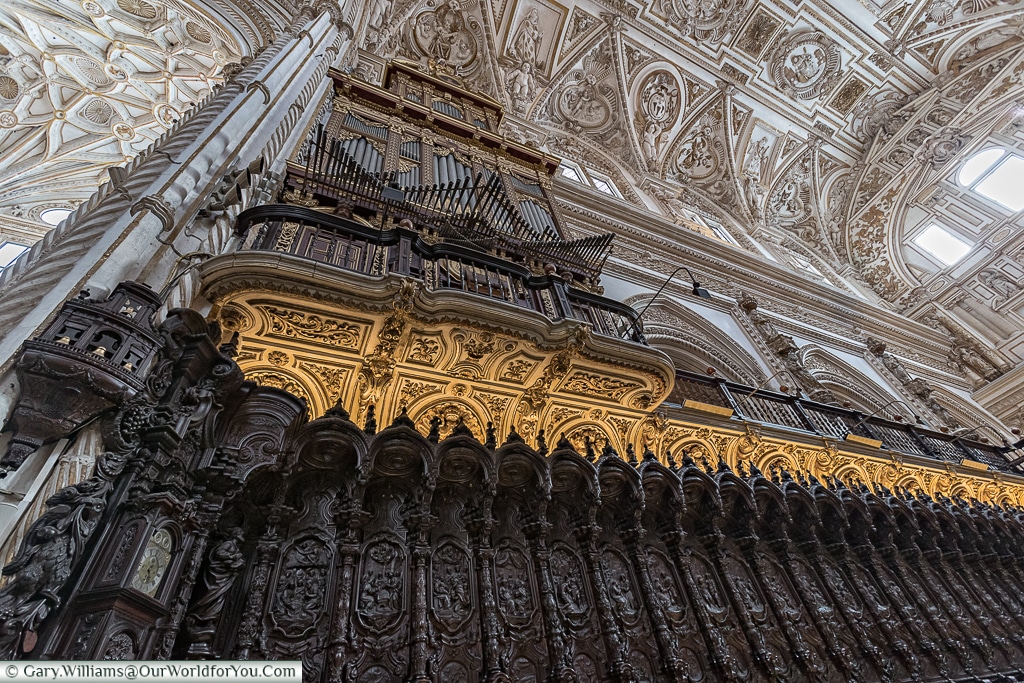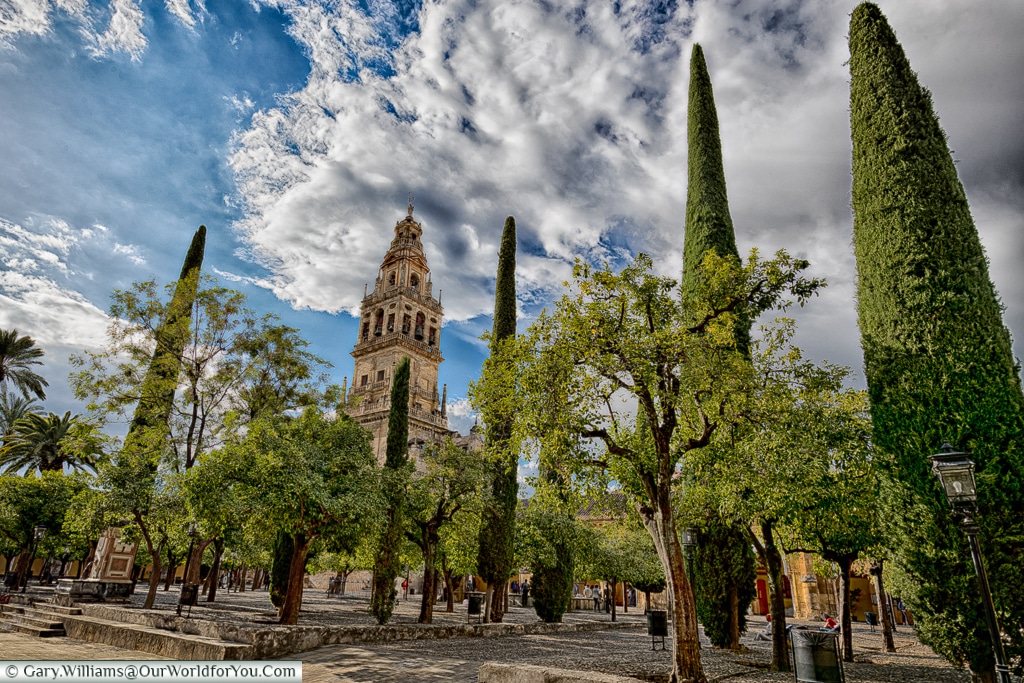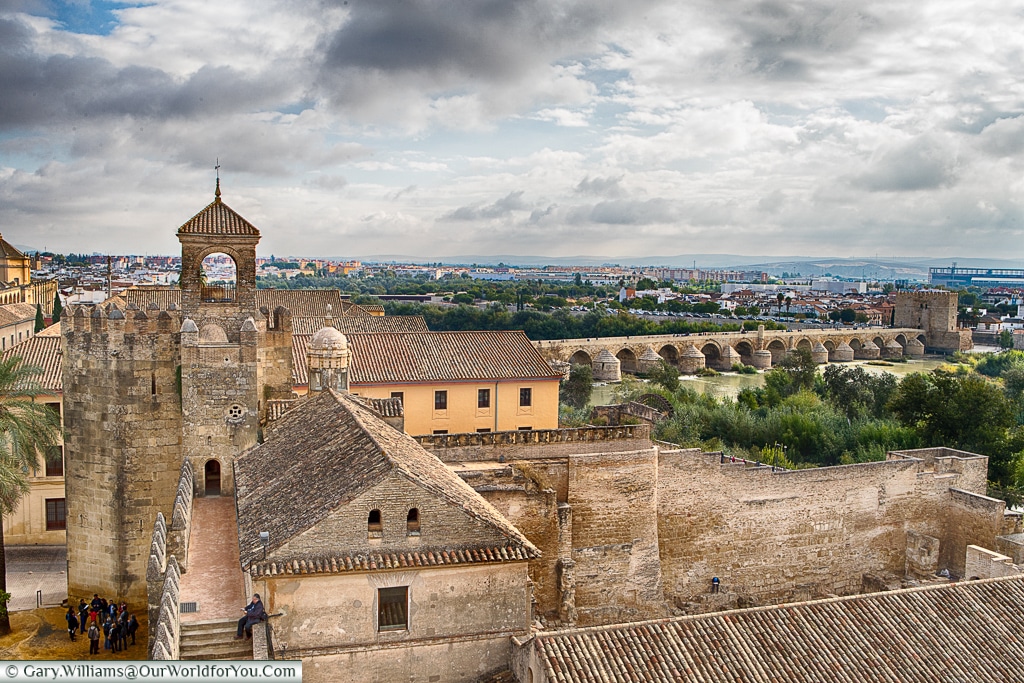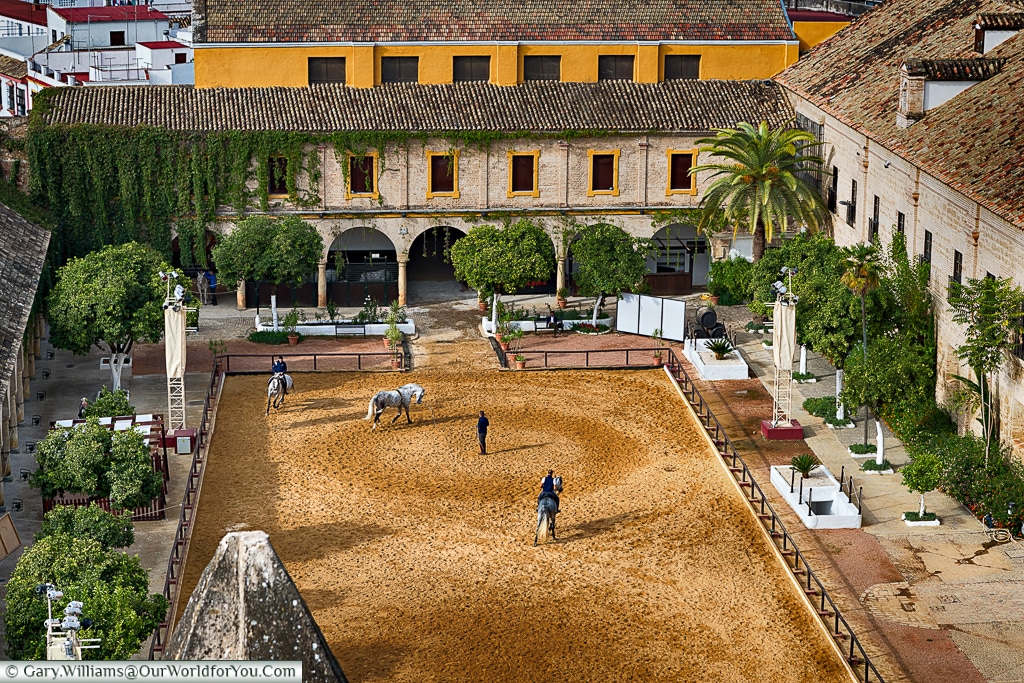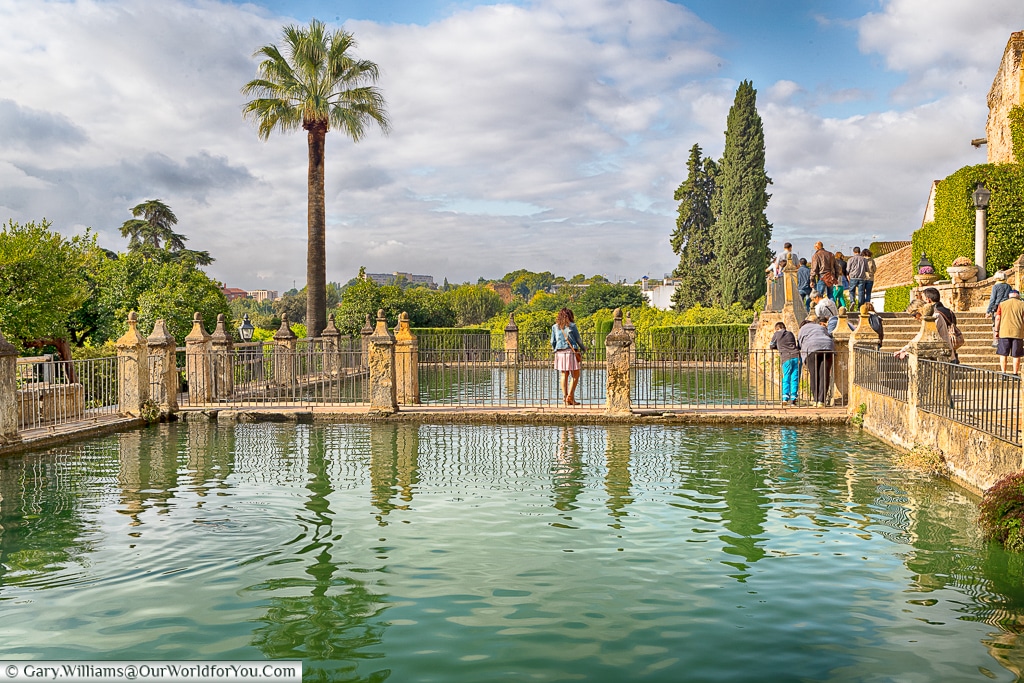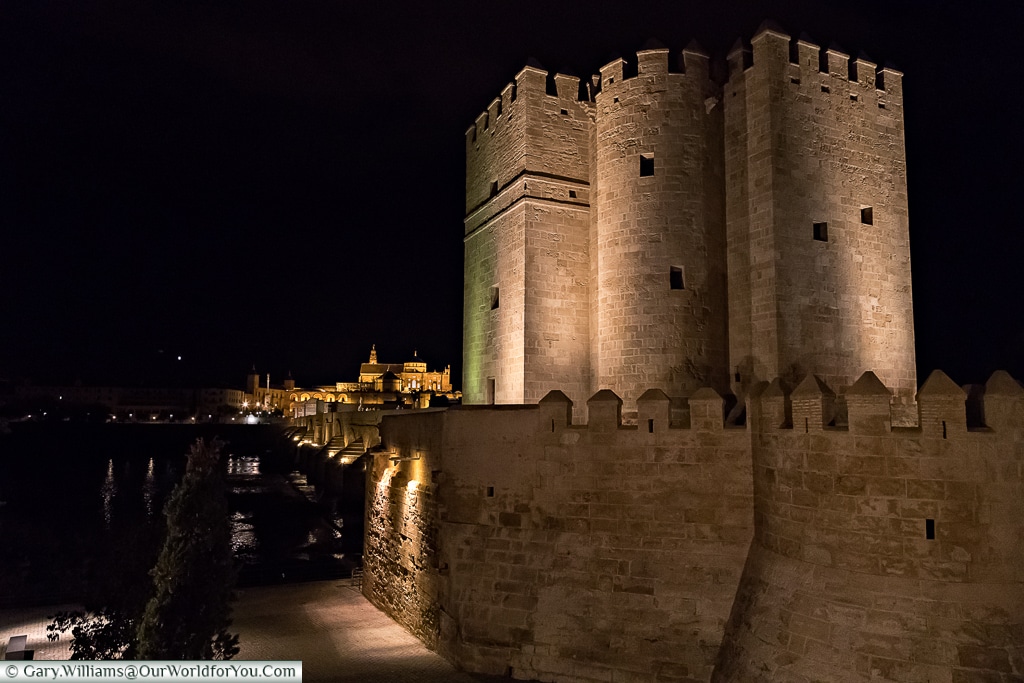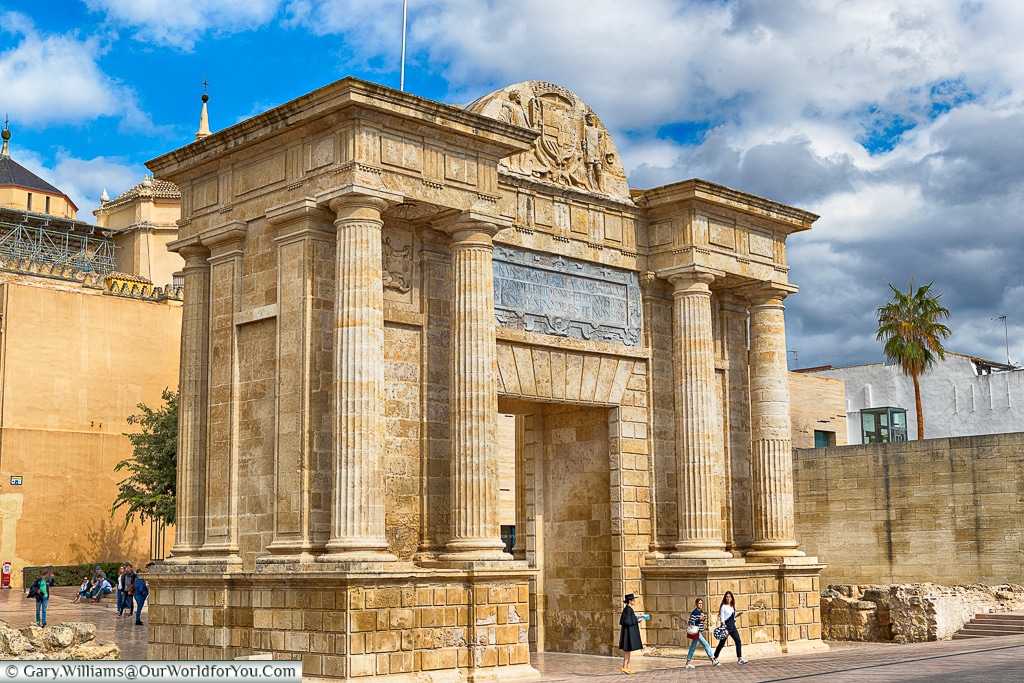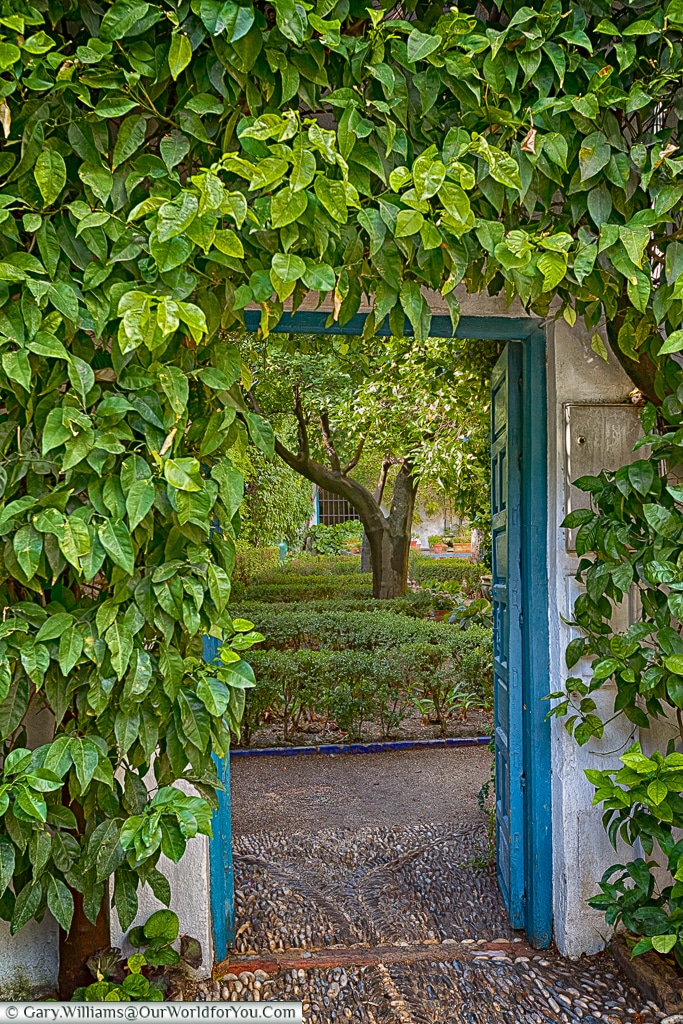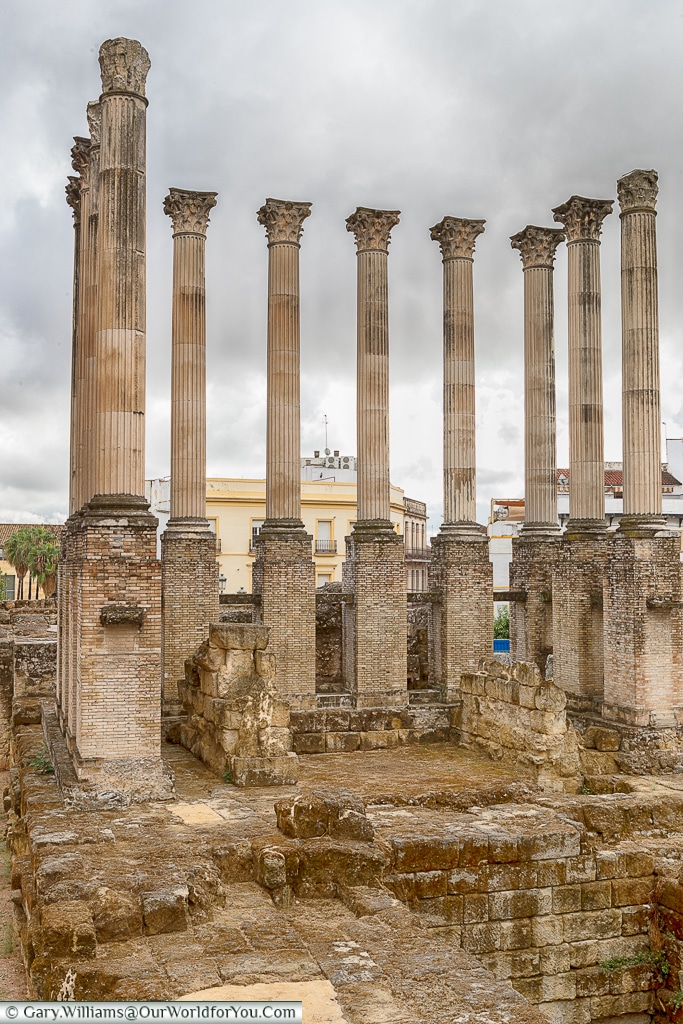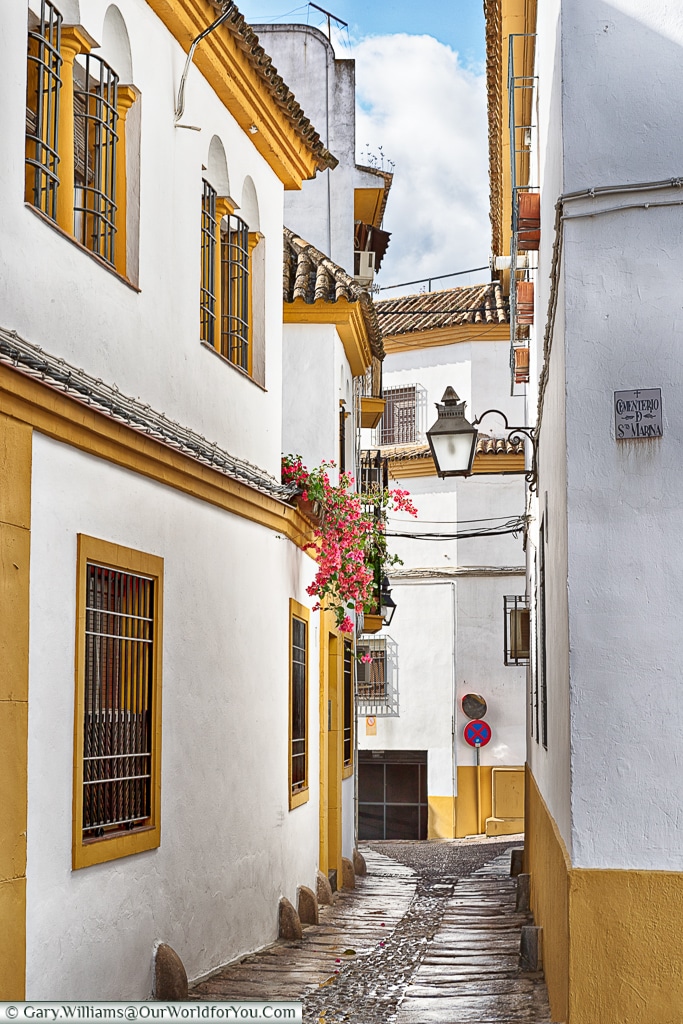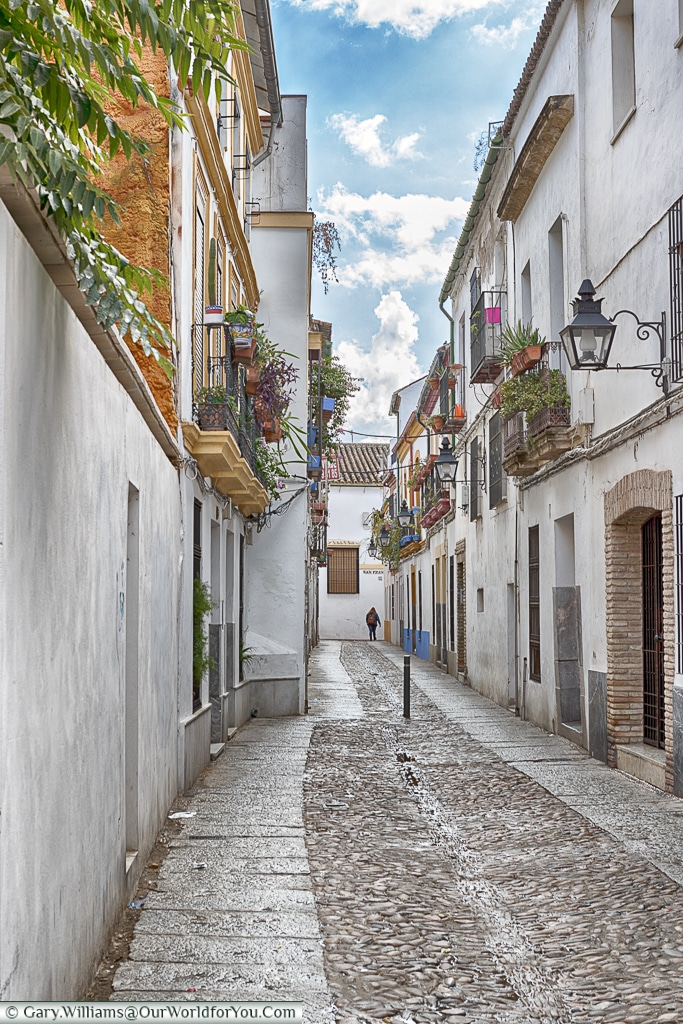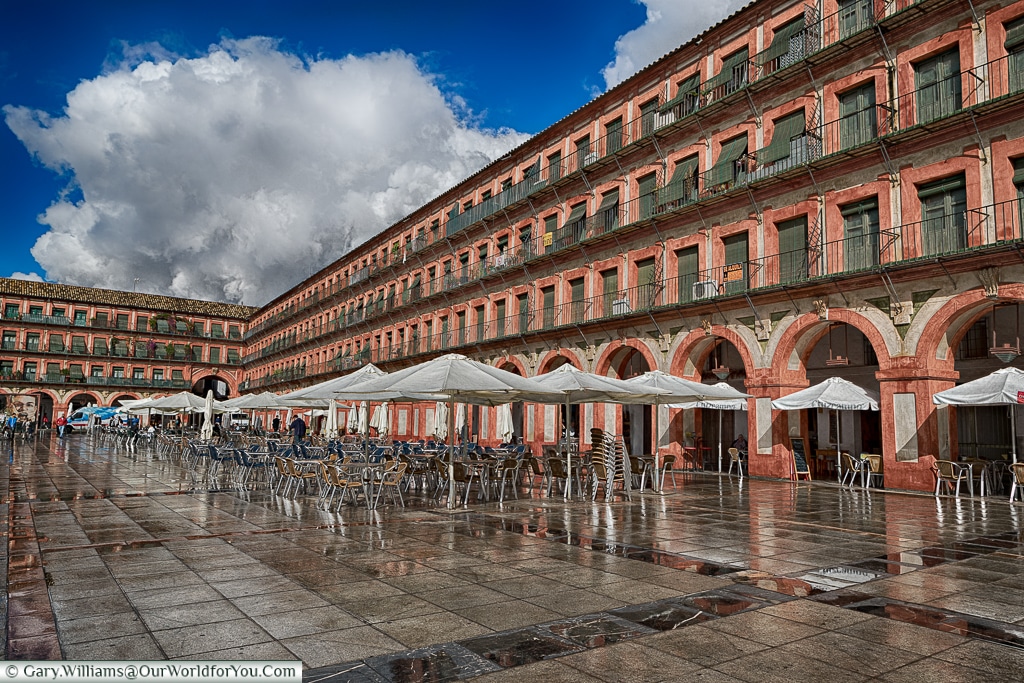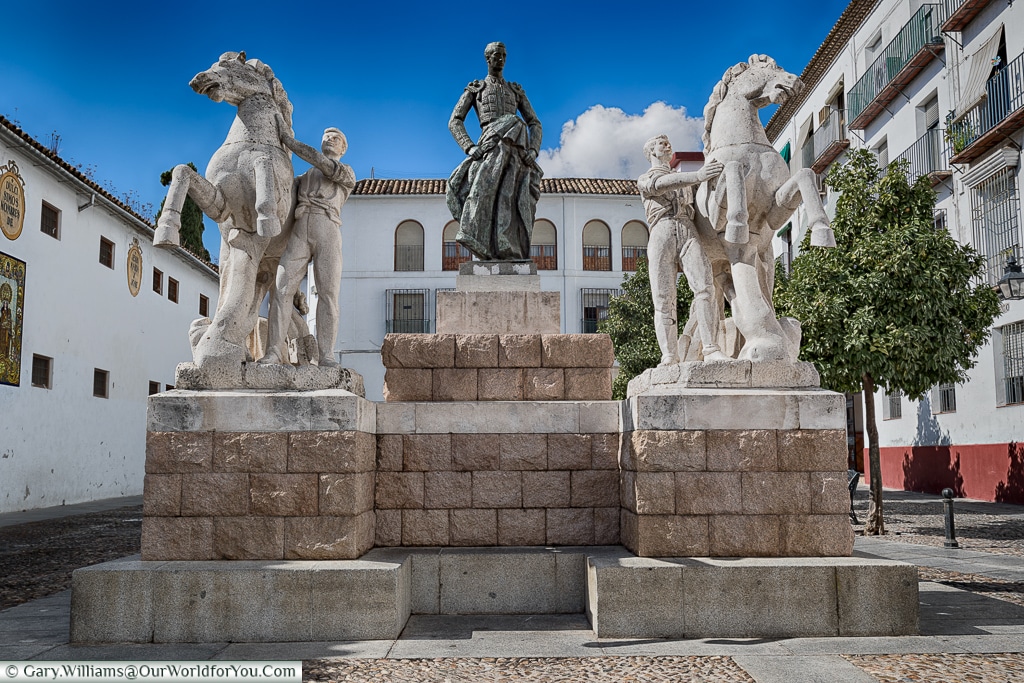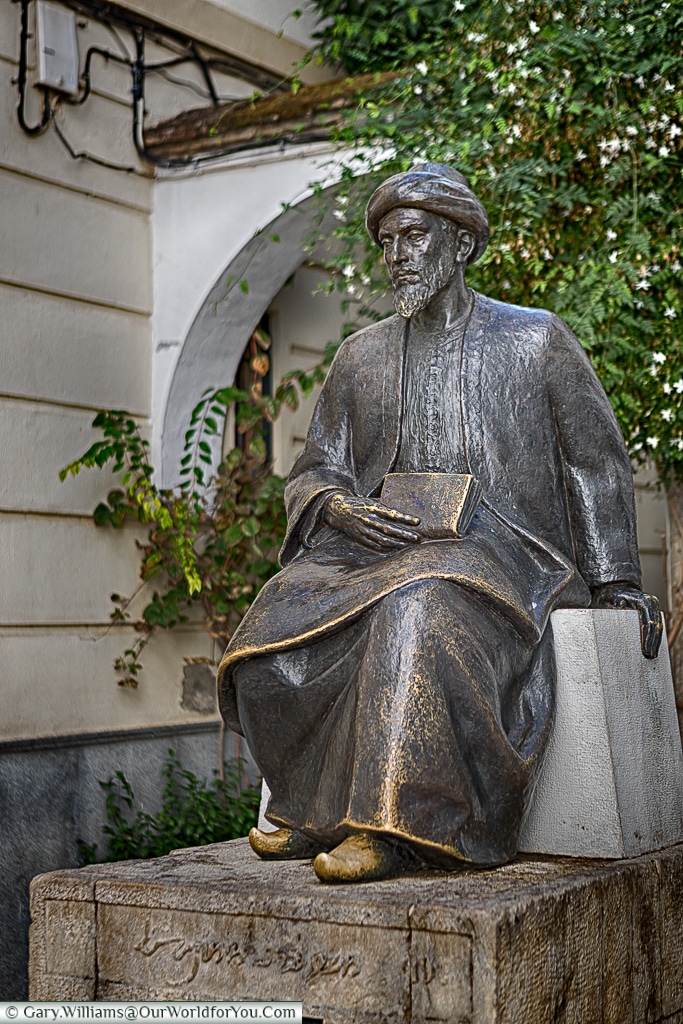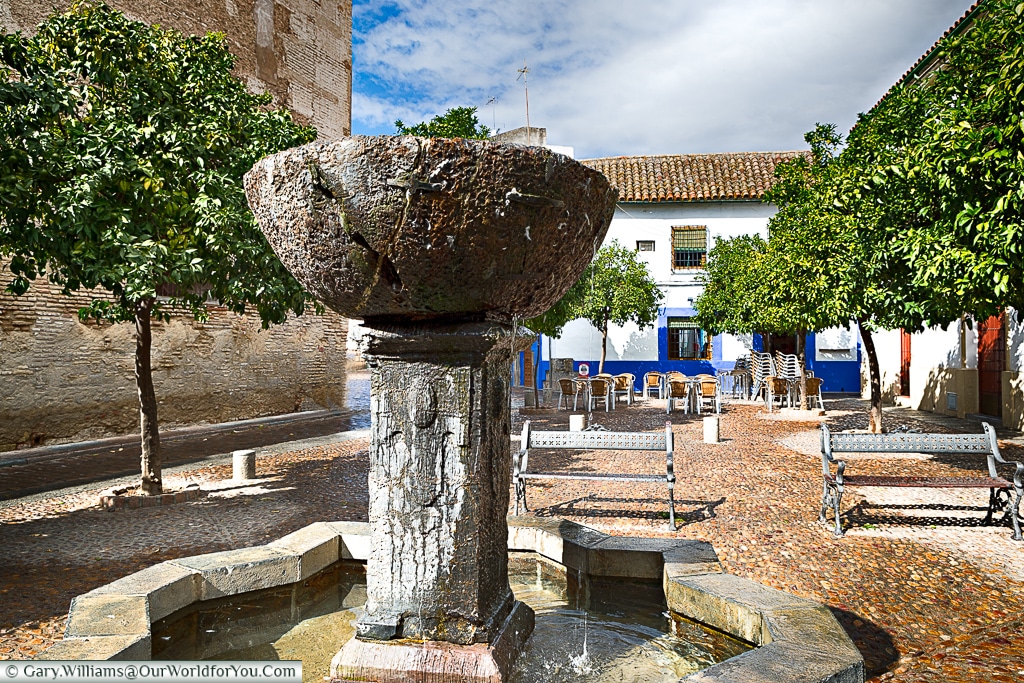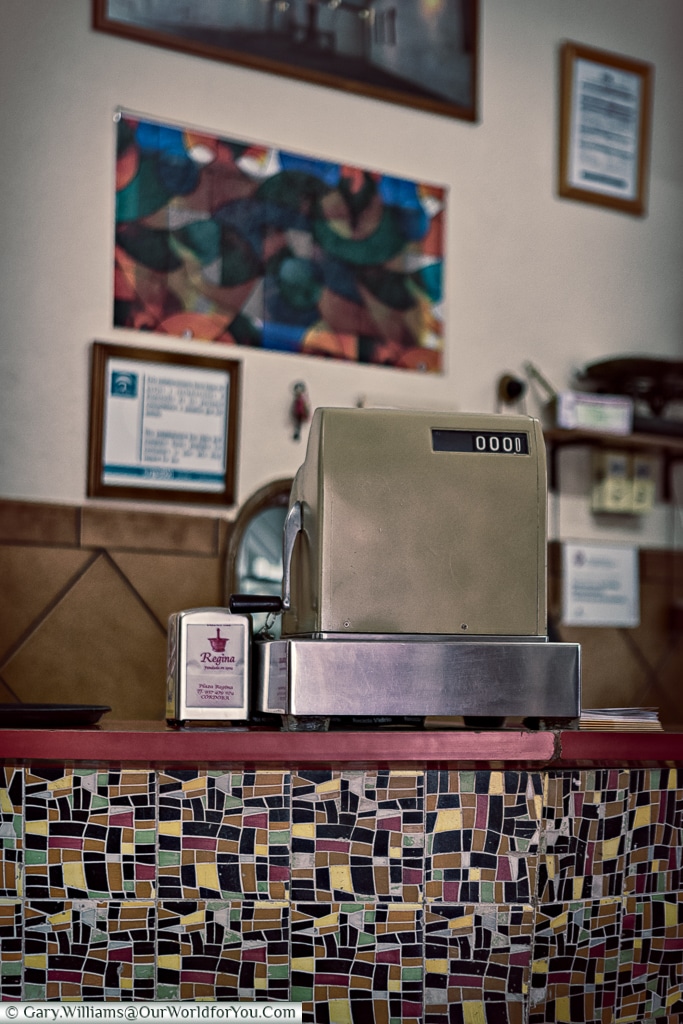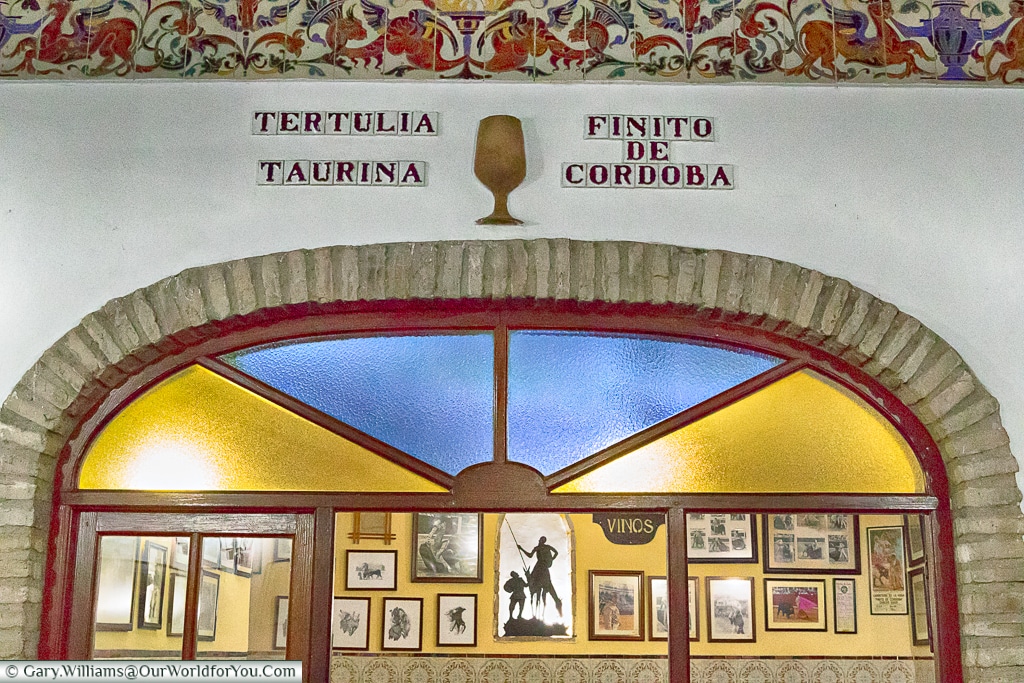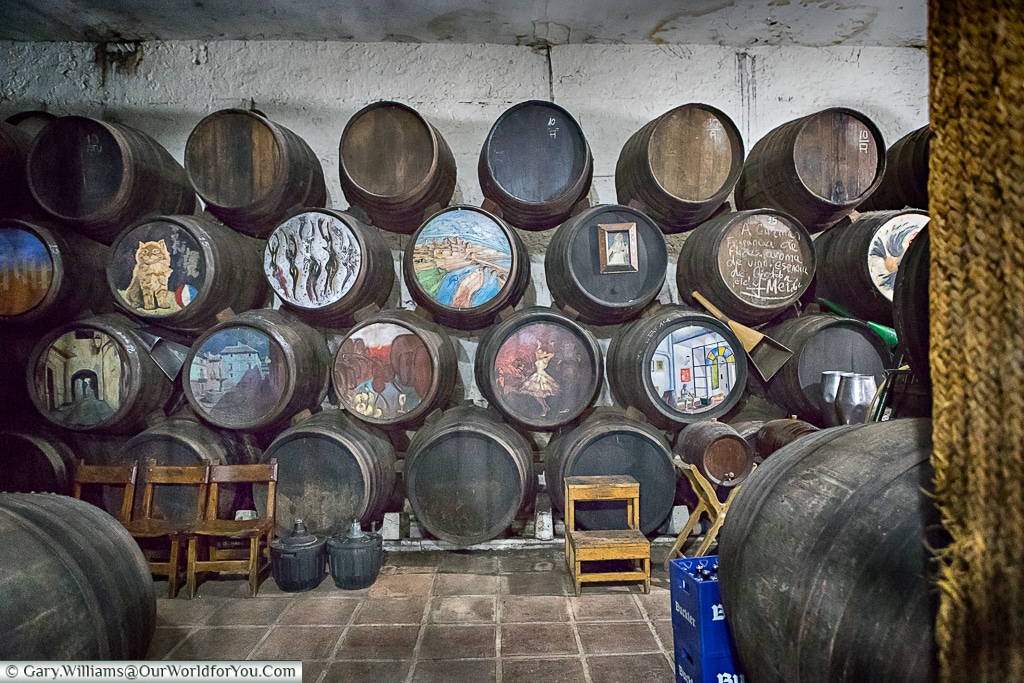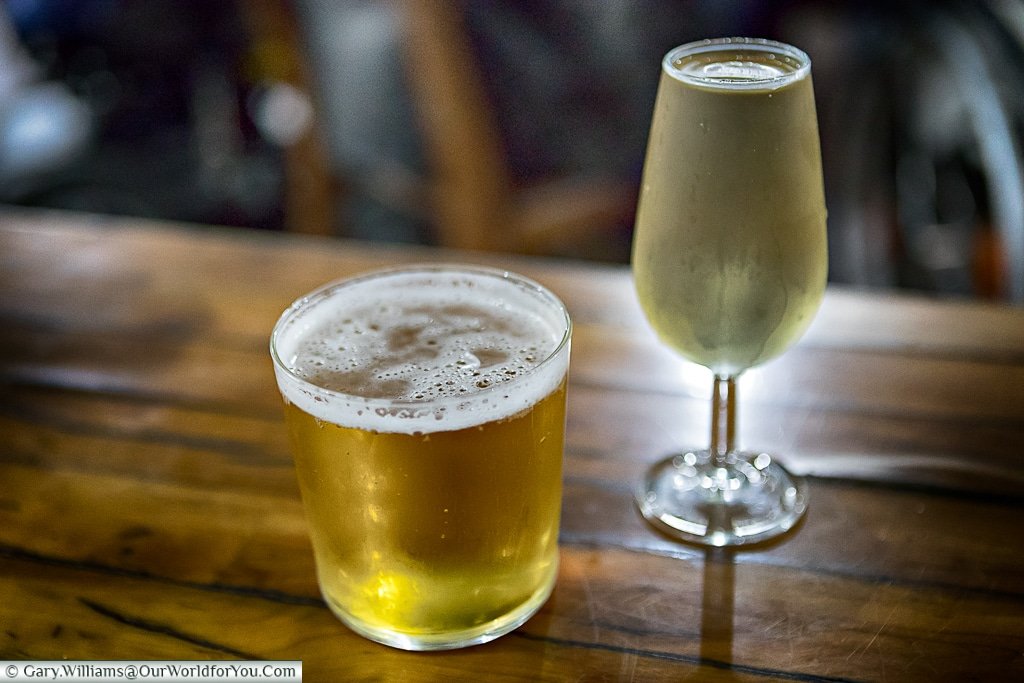
12 Good excuses to visit the ancient city of Córdoba, Spain
Deep amongst the whitewashed walls
“Have you been to Córdoba?” Is what people kept asking when we said we were touring Spain.

Well now we can answer YES, and I also understand why the frequent question.
Córdoba, in the heart of Andalusia, was founded by the Romans in 206 BC and nestled along the Guadalquivir river. This very attractive city was the 6th destination on our 2016 Spanish road trip.
Although the Romans left their mark in this historic city, it was the Moors that left the biggest notable footprint.
Perhaps it could come across a bit punchy telling you why you should visit a location, but I cannot impress on you enough, that if you get the opportunity you need to see item 1 from our list. You won’t be disappointed. Surely the UNESCO World Heritage List cannot be wrong?
I’m sure you’ll have your own favourites, but these were ours.
1
The Mosque–Cathedral of Córdoba
Gary and I have been lucky enough to see some wonderful sites in this world, but I was truly left overwhelmed when I walked into the Mezquita. I just didn’t expect the magnificent arched forest of columns to be in such numbers.

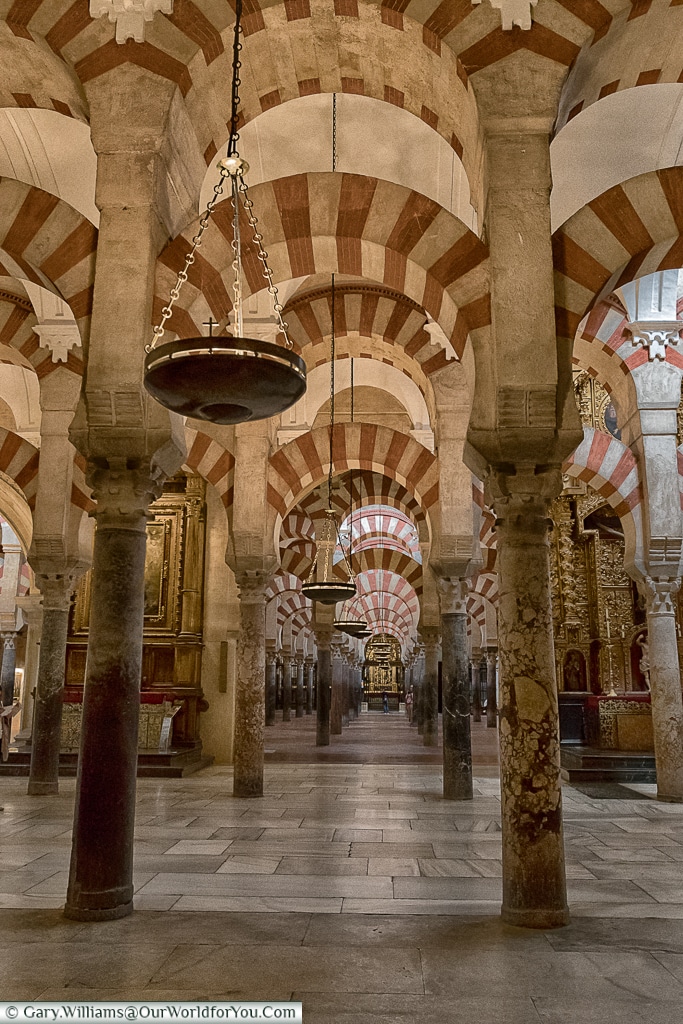
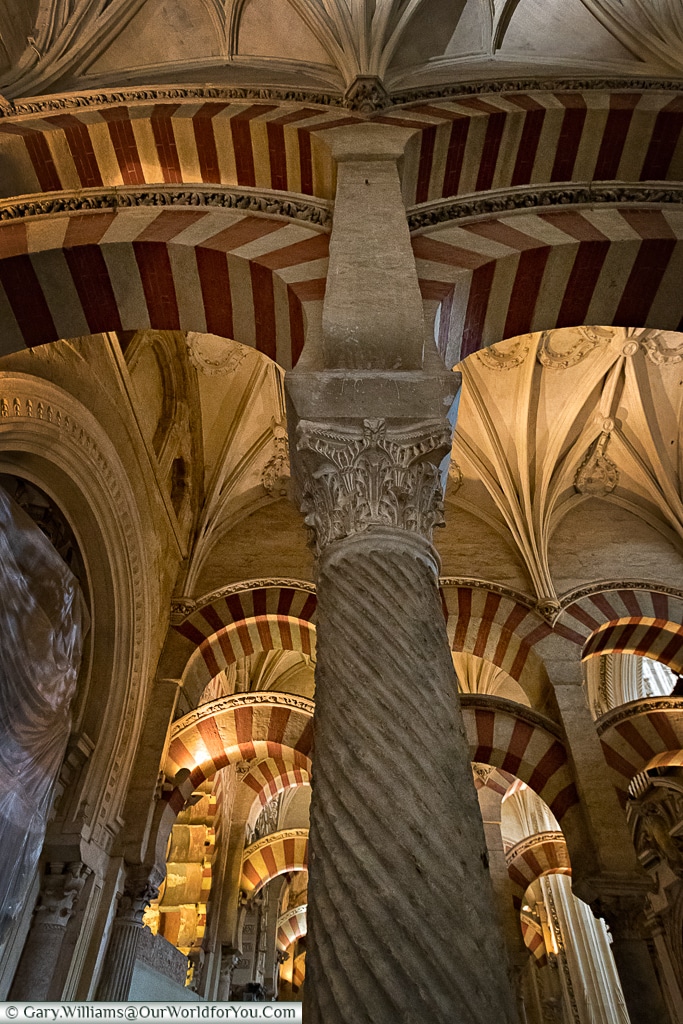
There are over 850 of the imposing pillars uniformly laid out before you, built of jasper, marble, onyx and granite. Stonework from the Roman temple which occupied the site previously were used along with destroyed remains from the Mérida amphitheatre. To make them look even grander double horseshoe arches were added.
During Christian rule in the 16th century a Renaissance cathedral nave was inserted.
2
Patio de los Naranjos (Orange tree courtyard)
This wonderful courtyard that you enter prior to visiting the Mezquita, could be considered one of Europe’s oldest, as it was established alongside the Great Mosque.
This garden is free to stroll around and contains 98 orange trees, along with Cypress and Palm trees and a wonderful Renaissance style fountain in the middle.
Tempted to?
3
Alcázar de los Reyes Cristianos
Formerly a Roman fortress, the Alcázar houses a collection of 2nd & 3rd BC Roman mosaics. It’s certainly worth climbing the tower as the views it offers across Córdoba are amazing. You can even peer down into the Royal Stables below and witness the training of the Andalusian horses.
Not to be missed here are the Arabic Baths and the Moorish inspired gardens and courtyards. The ornamental fountains and ponds offer a tranquil oasis to wander around.
A helpful guide
Ahhh the call of Andalucía, I love nothing more than planning a trip and so often I use the DK Eyewitness books. I find them extremely informative, easy to follow and the pictures and maps tempt you into discovering more.
We used a previous version of this book to plan our southern Spanish road trips, now you can grab the revised copy.
4
Roman bridge of Córdoba
Originally built by the Romans in the early 1st century BC, it spans the Guadalquivir river. The bridge has been reconstructed various times over the centuries, but its present structure which was built by the Moors in the 8th Century has 16 impressive arcades along the 247-metre length.
This pedestrian bridge is particularly pleasant to stroll across in the evening when it is lit up and the sun is setting.
5
Calahorra Tower & Puerta del Puente
Adorning the Roman bridge is the fortified gate of the Calahorra Tower on the south side and the Puerta del Puente on the north.
The Calahorra tower of Islamic origin was built in the late 12th century to protect the bridge. Originally consisting of two towers, the building was restored and a 3rd tower added in 1369.
The imposing Puerta del Puente on the north side of the bridge, was originally part of the city walls. In the 16th century it was remodelled to give a greater presence of a triumphal arch.
6
Palacio de Viana
Córdoba is renowned for its stunning floral courtyards and patios. To see them in full display there is a festival held annually each May.
That’s not to say that the courtyards are not worth visiting any other time of the year.
We went in October and visited the Palacio de Viana. For €5 you are free to wander the 15th century palace, the 12 stunning courtyards that are lovingly cared for are amazing. With ornamental ponds, fountains and wells one after the other, they truly are a pleasure to stroll around. Some are bathed in sunlight and others have hidden shady corners.
7
Roman Temple
Although now only part of the podium exists, the 1st century AD temple that would have sat partially upon these columns, would have been an impressive 32 metres long and 16 metres wide. Construction started during the reign of Emperor Claudius in 41-54 AD and was completed during the reign of Emperor Domitian.
It’s difficult to quite envisage how the imposing temple would have looked, but the columns that remain only formed part of the base of the temple. It would have had 10 columns on each side and 6 along the front.
8
Tiny streets amongst the whitewashed walls
Córdoba old town is such pleasure to wander around, lane after lane, street after street you never know what you are going to find around the next corner.
Strolling the narrow alleyways of the Jewish district is really intriguing and full of fascinating history.
9
Plazas in abundance
You’ll be amazed at the number of plazas that Córdoba nestles amongst its walls. And these are not just your quaint plaza with a little fountain surrounded by beautiful ceramic tiles.
The enormity of Plaza de la Corredera is amazing, the closed rectangle is surrounded by colonnades with large round arches. I just didn’t imagine when walking in, what it would open out to.
Plaza de los Condes de Priego is a peaceful square and has a wonderful statue of Manolete, the famous bullfighter who lived in this district.
10
Montilla-Moriles
If you enjoy sherry, then you will certainly enjoy the local tipple in Cordoba. Montilla-Moriles is only produced in a small area of Andalusia, although similar to Sherry this wine is not fortified.
The locals appear quite protective of this drink and are quick to explain the differences between this and Sherry.
Although this wine is produced across different methods, one of our favourites was the Pedro Ximénez, with its underlying tones of figs.
Why not?
Start creating your own Spanish adventure and discover its historical towns and cities for yourself, easyJet & British Airways are just a couple of options.
11
Plaza de Regina
We came across Plaza de Regina whilst out strolling, there was a local friendly tavern.
So we pulled up a chair under an orange tree and enjoyed some great tapas with the locals.
12
Taberna Guzman
This wonderful bodega in the heart of the Jewish quarter is really worth a visit.
Its full of Spanish charm and some great bullfighting memorabilia, you can peer through the iron bars at the back of the taberna and see all the barrels stacked up.
Its frequented by quite a few locals and be sure to ask for Montilla fino, there are no short measures here.
Accommodation
Our accommodation for the 3 nights we were in Córdoba, was at the Eurostars Palace. Quite a large modern hotel, but it had its own underground car park, which was extremely convenient.
The location was pretty good as well, as it was just a few steps from the Old Town and easy walking distance to all the wonderful sites of Córdoba.
Something from Get Your Guide?
Why not check out what else is on offer through Get Your Guide.
(These options are provided by GetYouGuide.Com. We will earn a small commission, at no extra cost to you if you book through our site)
Have You?
Visited this amazing Andulician city? What's your highlight? Go on; you can have more than one.
Inspired to visit Córdoba?
It makes a great mini break, or even a perect destination on a road trip.
Why not checkout the latest deals on Booking.Com?

The next step on our road trip was Úbeda via Baeza, still within Spain’s Andalusia region but heavy on the olive groves.

